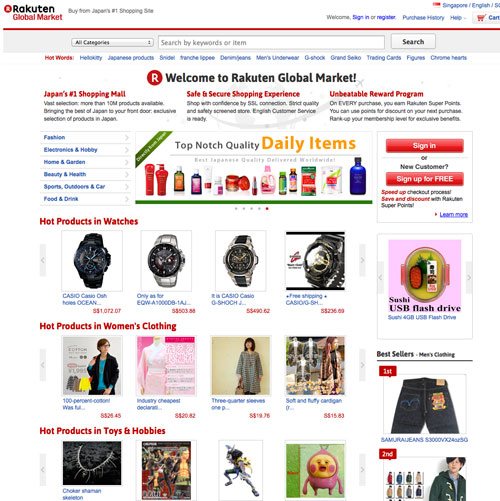Guide to shopping online and offline for Japanese Sewing Books and Fabrics
While the memory is still fresh in my mind, I thought it would be useful to jot down the directions to the nani IRO Atelier in Osaka. Some of you who might be heading to Osaka for a holiday might find it useful if you are going fabric shopping. It is definitely worth a visit if you are a big fan, because not only do they have the latest fabrics, there are also fabrics archived from the past seaons. There are limited prints and mostly pre-cut fabrics. There are also ready made Zakka goods (SUMAU nani IRO range) available for sale. In any case, if you are a fan, you will love it!
Before I left, I saved a copy of the map from their official site on my phone, but I still got lost. I think the main reason is because there were too many lines and road names and not many landmarks on the map itself. So I decided to create my own (at the bottom of the page) where you only need to know the major road to follow, and the landmarks to guide you along the way.
First of all, take the subway to the 肥後橋 (Higobashi) station. Here I am taking it from Namba station.

Click on image to view larger picture (picture from Google Maps street view)
Once you get to the station, follow the directions in the station, and look for Exit 7. You will emerge from the underground subway station via this stairs, landing right outside this shop called Aoki Men’s Plaza (see the blue sign in the picture above?) which sells Menswear. Walk in the direction of the green arrow in the picture. You will cross junction #1 after the green arrow.
Click on image to view larger picture (picture from Google Maps street view)
At the next block, you will see a Japan Post Office (Orange sign). Keep walking along the main road in the direction shown above. Walk past the Japan Post Office and you will cross junction #2 (see the crossing in the picture?)

Click on image to view larger picture (picture from Google Maps street view)
Just before the next junction (#3), you will see this brown building with a blue signboard. The name of the building is way up on the top, so I didn’t see it at first. And the alley didn’t look quite right, as there were no visible shops from the main road. But this is the right turning, so turn into the alley and walk straight ahead.

Click on image to view larger picture (picture from Google Maps street view)
You will pass by a open air public carpark on the left. Keep walking down the alley.

Click on image to view larger picture (picture from Google Maps street view)
At the next block you should see a courier service office (with the blue sign) on the left. This is were I asked for directions because I just wasn’t sure I was on the right track. But it is the right way, so keep walking. You will need to cross another junction after this block with the courier office.
Click on image to view larger picture (picture from Google Maps street view)
After crossing the junction, you should see quite a large neighbourhood park on the right. On the left there is a row of low buildings.
The white one! The name of the building is 壽会館ビル – which you see in gold words. Atelier to nani IRO is on the second floor. See the flag hanging from the window? I almost missed it because there were some trucks parked in the building before it. Anyway, enter the building and you will see a steep flight of stairs on the left. Take the stairs to get to the second floor. and there you are!
No photos allowed in the store, so this was the first photo I snapped on my mobile after shopping. It’s a big bag. And they wrapped it in plastic carefully because it was raining.
Back in the hotel, admiring my purchases, wishing I bought more 🙂
Carefully wrapped presents for two very lucky friends.
Click on image to view larger picture
Here is the simplified map. One thing to note, the instructions on the official site said to get out at Exit 8, but Exit 7 is actually nearer.
Photo credits : Many of the street view photos are taken from Google Maps and I added further directions. It was raining cats and dogs on the day I went, so it was impossible to take any photos with my DSLR and hold an umbrella and find my way at the same time. The street view feature on Google Maps is quite amazing. you can try it for yourself and see.
























